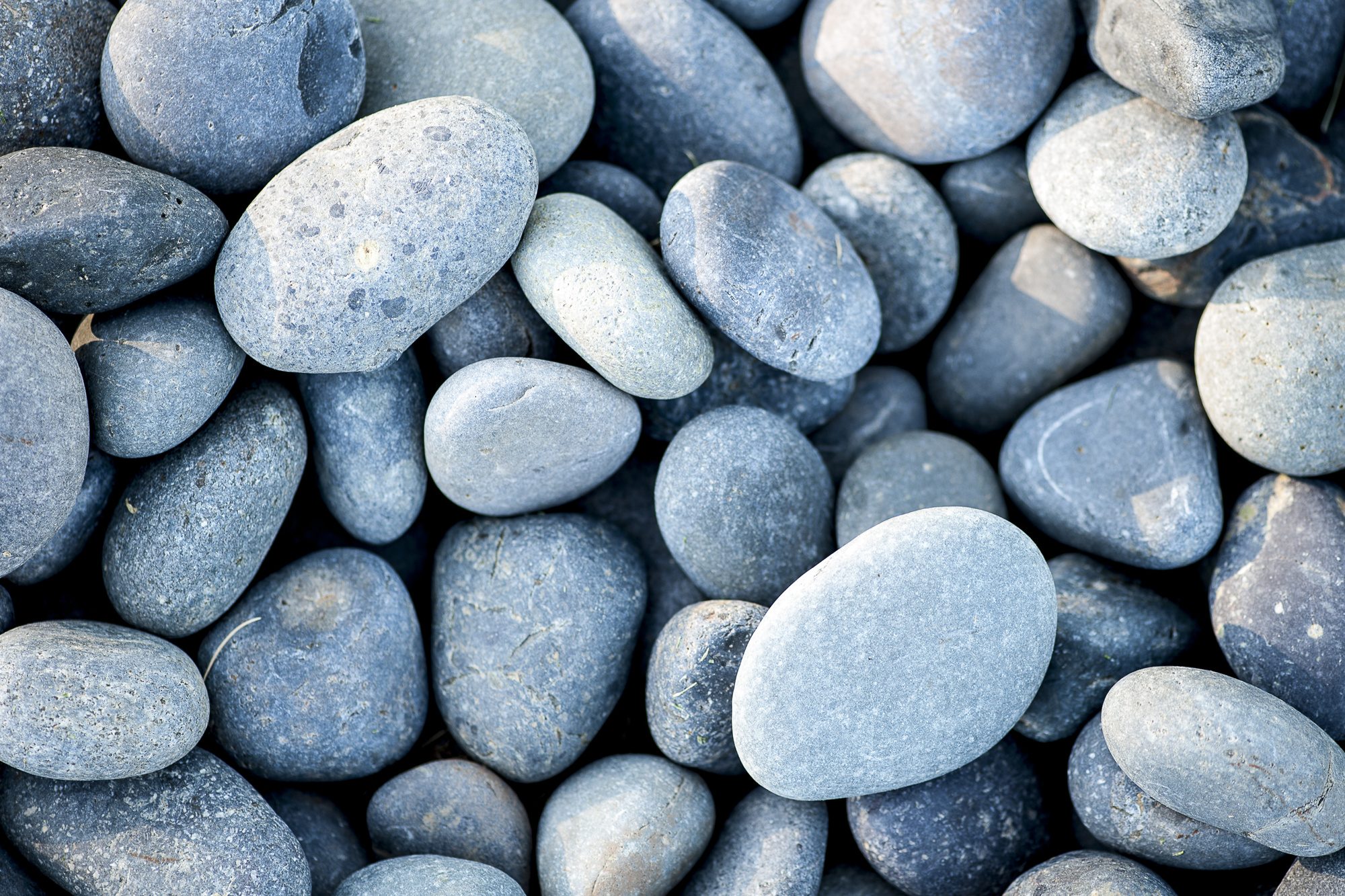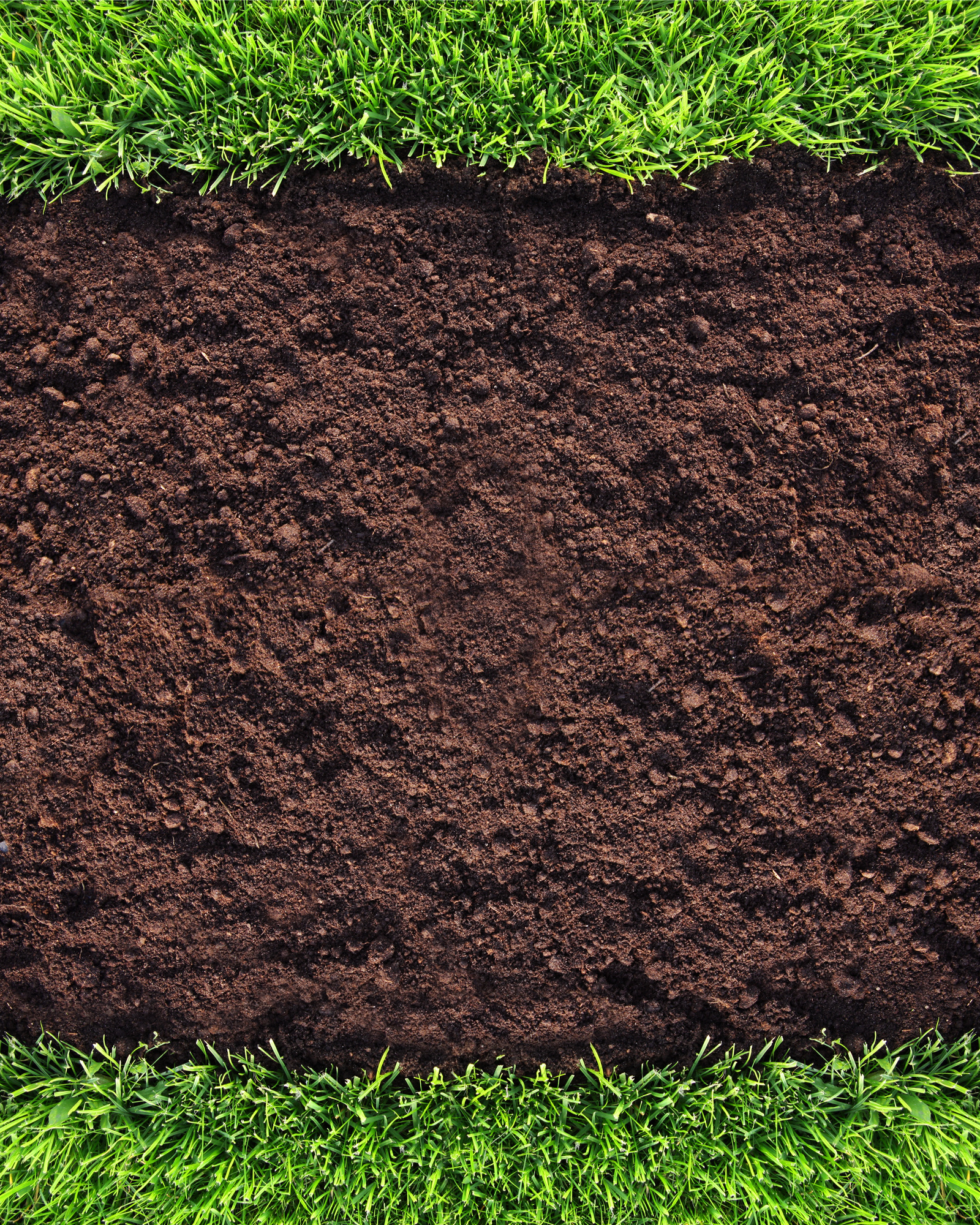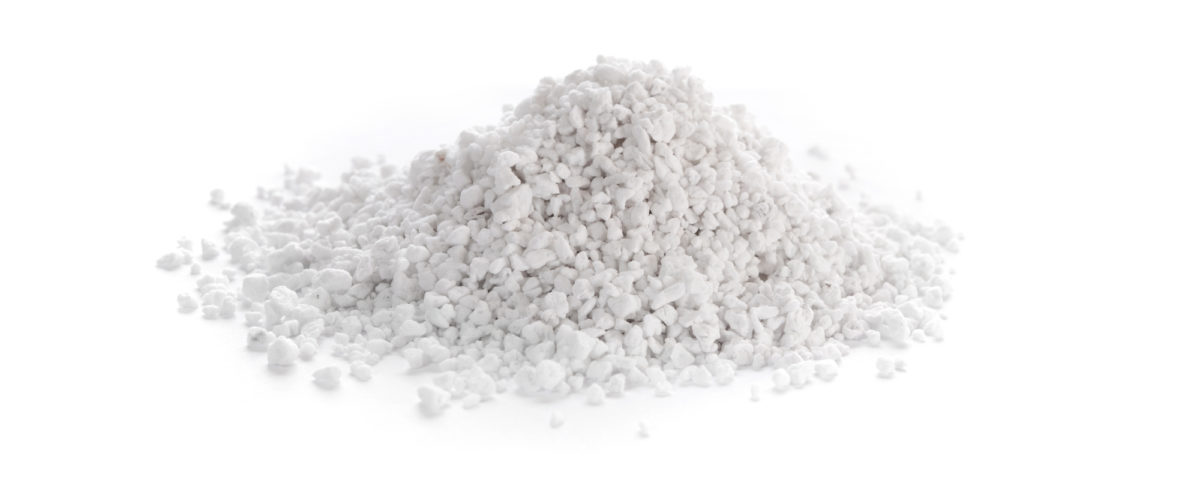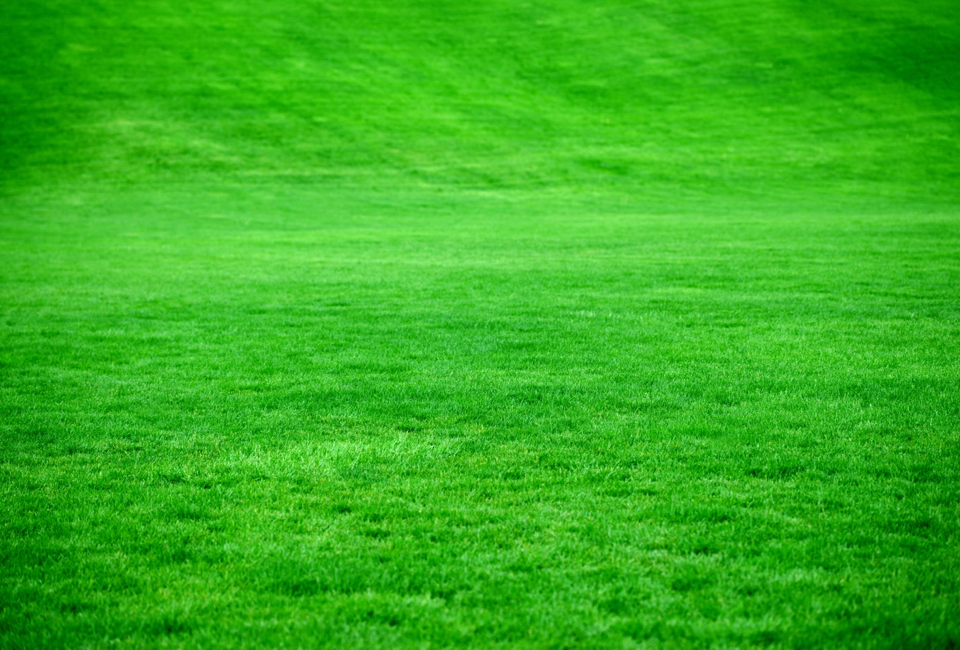
How to Use Mexican Pebbles to Improve the Look of Your Home
November 24, 2018
Sustainability 101-Here’s The Dirt On Why Healthy Soils Are Full Of Life
November 28, 2018The Lite at the End of the Tunnel: Exploring the Uses and Benefits of Using Perlite in Your Garden

According to research, soil moisture is paramount to plant growth.
What is perlite? This is a possible solution. Perlite has many benefits in a garden, helping it to drain, aerate, and grow better. There are few drawbacks to perlite.
Want to learn more? Keep reading to find out!
What is Perlite?
Perlite is a glass found in volcanoes, saturated with water. Once heated, it pops like kernels. This is why it looks like tiny white kernels of popcorn. It expands in something ten times larger than the original piece.
You’ll have a light material for the final product. It expands with the water, and there are many tiny air pockets. These pockets hold water on the outside, thus allowing plants to get water easier.
Perlite Helps Soil Dry Between Watering
Using perlite is beneficial for your plants if you need the soil to dry out between watering. Plants like cacti and succulents would do well with perlite in their earth.
The water will drain while the soil aerates. Your plants will have better drainage, reducing the risk of rotted roots.
Why Should You Use Perlite?
Choosing to use perlite depends on what type of system you have. For example, the regular soil is heavy and compacts over time. Peat moss will also compact.
Over time, when the soil’s watered, the particles will grow closer to one another. Air pores shrink, and the water doesn’t drain as well.
Air won’t penetrate the soil like before. You might notice your plants look less healthy and aren’t producing as they did before. It could be due to soil compacting.
Roots won’t grow or expand like before. They could even become diseased from too much moisture or lack of oxygen. Perlite can resolve these problems.
Sprinkle Perlite in the Soil
Try sprinkling some perlite on the surface of the peat moss or soil. Make sure your pots are away from the wind, so the perlite doesn’t blow off. The perlite will wick away the moisture and help cut down on decay.
If you have a growing system where flooding occurs often, perlite might not be helpful for it will wash away.
Tips for Using Perlite
Perlite is strip-mined. Research before buying the perlite and find out the firms that mine it. See what steps they take to restore the environment.
Perlite doesn’t hold much moisture so use it with other materials. Vermiculite is an excellent companion with it. Vermiculite holds more moisture than perlite.
If you mix half and a half together, this is a great combination to help plants grow well.
Perlite insulates plants, so it reduces high temperatures from transferring into the soil. Use perlite as a lining and surface product.
What Type of Perlite Should I Use?
There are different kinds of perlite, medium opposed to fine-grade. There is also coarse perlite that works for various types of plants.
Coarse perlite will have a high air porosity. It will allow plants to breathe well because it supports drainage. This type of perlite is the better choice for orchids and succulents.
They also benefit container plants. It won’t blow away as fine perlite could.
Finer perlite’s used in seed-starting mixes most of the time. Its useful for rooting cuttings. The drainage provides fast root production. You can scatter fine perlite on your lawn. It will work into the soil, improving drainage over time.
Making Potting Soil
If you choose to make your own potting soil, consider adding perlite to your mix. It is lightweight, cheap, and blends in well with the peat. You could add vermiculite, but it doesn’t help drainage as perlite does.
By making your own potting soil, you will save money and choose what goes into your ground.
Hydroponic Gardening
Did you know that perlite is helpful in hydroponic gardening? It helps with propagating plants through cuttings. The root will grow as the plant searches for water.
When using coarse perlite, the plant will grow fast. It will search for moisture and nutrients hidden in the mineral base.
Make sure your cuttings are well-drained. This will prevent root rot.
For hydroponics, use larger perlite. Dutch buckets and drip systems work well for this. Large plastic totes work well filled with perlite. The gardener can water these ones by hand.
Physical and Chemical Properties of Perlite
The reason why perlite is useful is due to its particular chemical and physical makeup. Perlite keeps its shape and is stable, even when pushed into the soil.
Perlite has a neutral pH level. It does not contain toxic chemicals, as it’s made from natural components found in soil.
Some Drawbacks to Perlite
Perlite is messy. Yet, you don’t want to rinse it before mixing with soil. You’re not going to want that in your hydro system as it’s a little dusty.
Perlite dust isn’t the greatest for your respiratory system. It can aggravate your mouth, throat, lungs, and eyes.
To avoid the dust, you could wear a dust mask and goggles. This will protect you from getting any of it in your mouth or eyes.
Wear protection if you are making a big batch of potting soil for your plants. Some people might fill their perlite with water to reduce the duct beforehand. You could try using perlite in fabric pots.
Want more information about landscaping and gardening? Check out this article we wrote about the top mistakes people make.
Contact Us Today
We hope you found this article helpful about what is perlite. This will help your garden grow, depending on the type of soil you have and where your plants will be.
Want to find out more about landscaping options for your home? Contact us today! We would love to chat with you.

